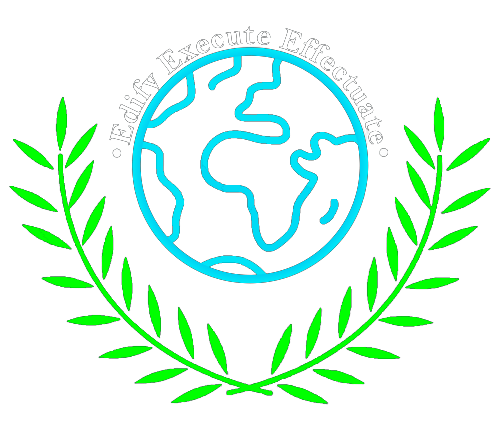Post Brexit EU-UK Relations:Trade and Cooperation Agreement
By Tamanna Yadav The United Kingdom‘s departure from the EU had a significant impact on the continent. The UK was a member of the EU since January 1973, but unfortunately, its membership come to an end in January 2020. While the UK had turned into an independent state, it faced several economic setbacks as it was establishing itself as a non-EU member state. The Trade Corporation Agreement (TAC) was signed between the two countries in December 2020 to help maintain the relationship that had existed for 47 years. The TAC laid the basis for trade, cooperation, and governance between the two countries. The UK has been trying to establish itself as a resourceful, strong-headed country while facing challenges along the way. EU-UK Trade and Cooperation Agreement 2020: The United Kingdom exited the European Union on January 31, 2020, and both countries reached an agreement regarding their future relationship. The Trade and Cooperation Agreement was signed in December 2020 and, after the approval of the EU parliament, adopted by the British council (EU Trade Relations With the United Kingdom. Facts, Figures and Latest Developments., 2022). The United Kingdom (UK) European Union partnership is based on the Trade and Cooperation Agreement (TCA), which was applied on January 1, 2021, and came into force in May 2021. While the TCA is a trade agreement, it covers not just trade in sectors such as goods, services, and investment and also a range of areas falling in the EU’s interest, such as energy and sustainability, fishery, and air and road transport (EU-UK Trade and Cooperation Agreement | Access2Markets, n.d.). The TCA will by no means be able to match the standard of economic integration that existed when the UK was an EU member, but the TCA goes beyond traditional free trade agreements. TCA provides a strong basis for preserving the longstanding relationship between the two countries, as it includes three major —-. First, a free trade agreement with cooperation on economic, social, environmental, and fishery issues. The FTA offers a new spectrum on issues of transport, energy, social security coordination, energy and sustainability, and state aid. Second, a close partnership on citizen’s security, which focuses on recognizing the need for cooperation between the judiciary and law enforcement authorities for fighting cross-border crime and terrorism. It also shed light on the fact that the UK being a non-EU state, will not receive the same facilities as before. Thirdly, an overarching horizontal governance framework. The horizontal agreement focuses on giving legal clarity to businesses and individuals about the functioning and process of the TAC. Furthermore, foreign policy, external security, and defence cooperation have not been covered by the agreement. There is therefore no framework set between the EU and the UK to coordinate the imposition of sanctions on countries since January 2021. As TAC is more focused on trade, it does not cover discussions on financial services, UK data protection regime. (The EU-UK Trade and Cooperation Agreement, n.d.) Impact of the UK’s exit from the EU: The United Kingdom’s economy has faced a hit to the economy since Brexit. Trade, investment, and jobs have faced major difficulties with the new system at hand. Companies trading with the EU had faced challenges with the new framework, new rules, and new checks put in place. This put in fear over 550 billion euros of trade between the UK and its trading partners (David, 2023). Significantly, the direct impact of Brexit was the introduction of trade barriers, tariffs and quotas. Small scale firms faced several challenges in exporting goods as they were operating at a smaller level (Portes, 2023). A total of 71 trade deals are in the process of completion but have been stuck, considering a vast majority of the deals have been replicated since Britain was a part of the EU. The UK has signed deals with Australia, New Zealand, but it is doubtful if they will help boost the economy. In addition, there are talks of deals with India and members of a trans-Pacific pact. But it will take time for development and establishment. Trade deals with the US and China remain difficult to establish as an independent country as opposed to when the UK was an EU member. The UK government should let in more workers in the country as a lack of workers has resulted in shortages and increased bills for the customers. According to a study done by the think tanks centre of the European Reform have noticed that there are 330,000 fewer workers for jobs after Brexit. It might be a small proportion of total workers but difficulties are being faced in sectors such as transport, hospitality and retail (David, 2023). In conclusion, the UK’s exit from the EU has resulted in economic turmoil and challenges in the country. TAC is one such agreement to redefine the relationship between the UK and the EU. The TAC will help in reinforcing ties and help the UK to become an independent country. However, it underscores the complexities and challenges to overcome the effect of its exit on the economy, particularly the financial sector and foreign policy coordination. As both sides aim to navigate an improved future, it aims for negotiation and adjustments its way seeking to maximize job opportunities, and balancing trade with new partners. References

